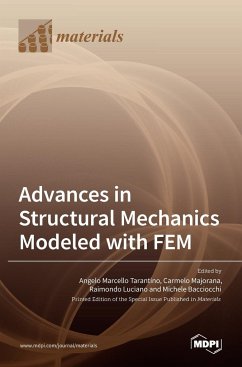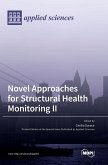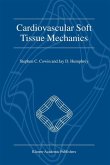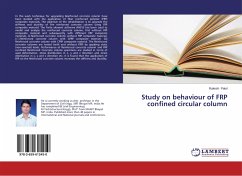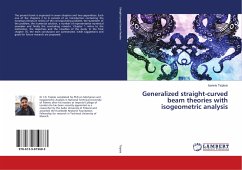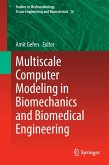It is well known that many structural and physical problems cannot be solved by analytical approaches. These problems require the development of numerical methods to get approximate but accurate solutions. The minite element method (FEM) represents one of the most typical methodologies that can be used to achieve this aim, due to its simple implementation, easy adaptability, and very good accuracy. For these reasons, the FEM is a widespread technique which is employed in many engineering fields, such as civil, mechanical, and aerospace engineering. The large-scale deployment of powerful computers and the consequent recent improvement of the computational resources have provided the tools to develop numerical approaches that are able to solve more complex structural systems characterized by peculiar mechanical configurations. Laminated or multi-phase composites, structures made of innovative materials, and nanostructures are just some examples of applications that are commonly and accurately solved by the FEM. Analogously, the same numerical approaches can be employed to validate the results of experimental tests. The main aim of this Special Issue is to collect numerical investigations focused on the use of the finite element method
Hinweis: Dieser Artikel kann nur an eine deutsche Lieferadresse ausgeliefert werden.
Hinweis: Dieser Artikel kann nur an eine deutsche Lieferadresse ausgeliefert werden.

